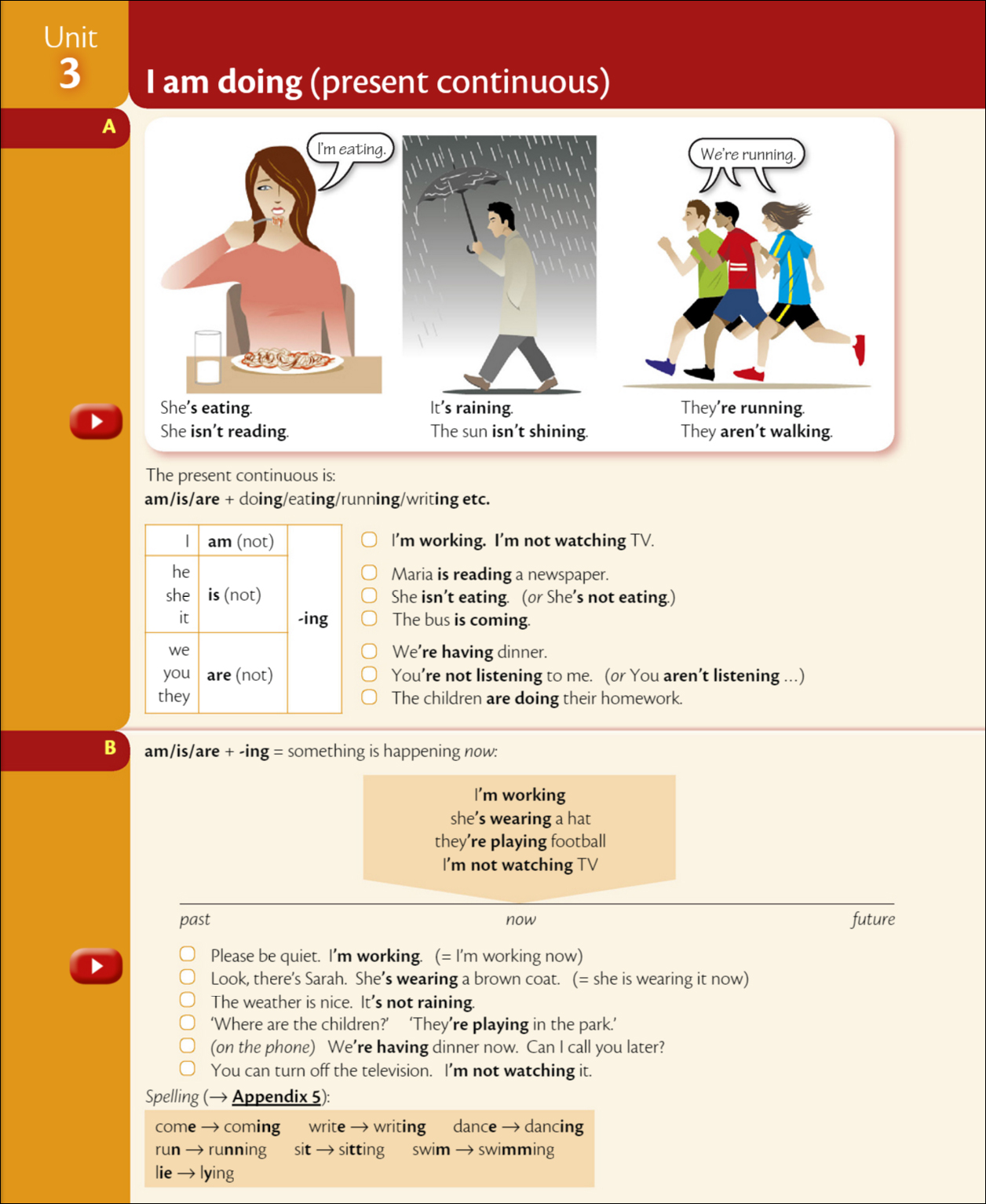hello everyone:)
Today's lesson is going to be about a new phrasal verbs with
"HOLD"
So Let's begin!
Step 1: watch the video
Step 2: Read the summary
Hold on: means to wait
For example: "Can you hurry up in the bathroom, I can't hold on much longer"
Hold onto: means to keep and not let go
"For example: "hold onto my hand so you don't get lost"
Hold against: means to feel angry with someone, because of something that they have done in the past.
For example: "He knows it was an accident, I don't think he'll hold it against her"
Hold in (it has many meanings): means to not allow your feelings to show
"For example:"It can be bad for you to hold in anger
Hold back: means to restrain or check
For example: "the police held back the crowd"
Step 3:
And that's all we have for today!
Hope you learned something new;)














